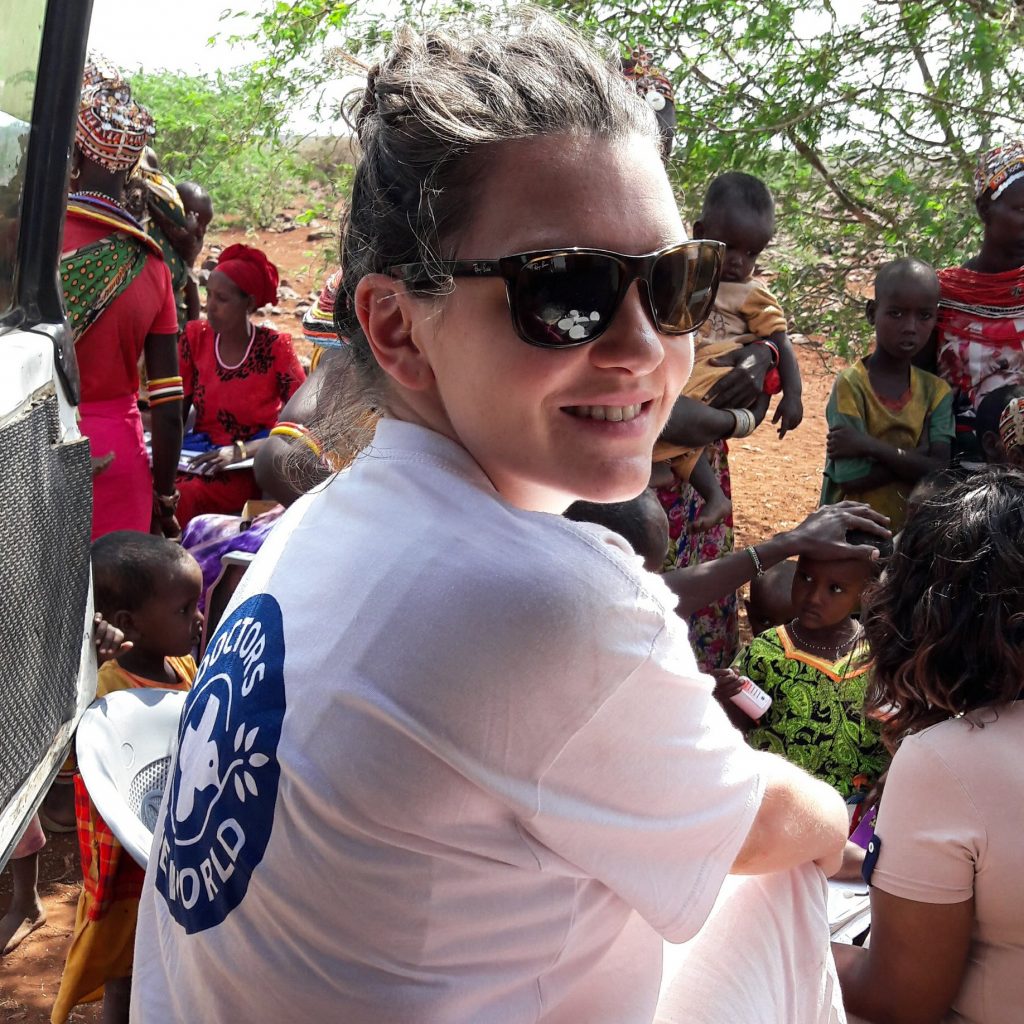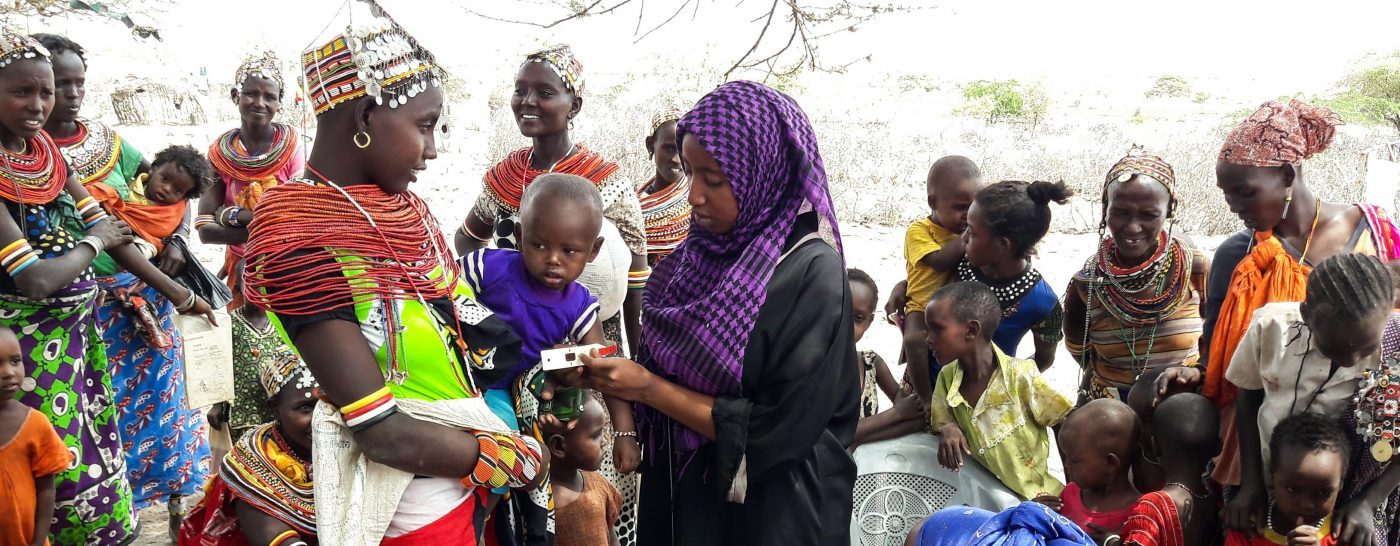Kenya’s drought: Here’s what we’re seeing at our outreach clinics
Published 25th July 2017
By Lucy Coley
In northern Kenya, the demand at our outreach clinics is overwhelming – sometimes people start crowding around our van as soon as we arrive. Our clinic space is often just two plastic chairs under the shade of a tree and it’s hot, it’s dusty, it’s chaotic. No one queues as they’re so desperate to see a doctor.
Kenya is experiencing its worst drought in three decades and around 2.6 million people urgently need humanitarian assistance. Doctors of the World is holding outreach clinics to treat malnutrition in remote villages in Isiolo and Marsabit, two of Kenya’s worst affected counties. I’ve been running this project from London and visiting Kenya regularly.
During my latest trip this month, I went on three outreach sessions with our brilliant team: Muna, a Kenyan nurse and our team leader, Mary, a Kenyan doctor, and Patricia, a volunteer nurse from the UK.
When we went to the village of Daraja, we set off at 6am and drove for almost 4 hours – and that was just the journey to collect our medical supplies. We then drove for another 90 minutes to reach the village. Many of the villages we work in are several days’ walk from the nearest hospital or health clinic.
Here’s a photo of me in the outreach van:

At our outreach sessions, everyone we meet is sick in some way. The drought is causing both malnutrition and respiratory problems. Kenya’s drought has brought with it a pervasive dry red dust – it gets in your eyes, in your throat, under your fingernails. Many people we see also need our help with chronic health problems such as diabetes. They don’t have any other access to a doctor.
We screen children under five, pregnant women, and breast-feeding women for malnutrition. This is because malnourished children must be identified and treated before the age of five, to avoid lifelong physical and cognitive impacts. We also provide vaccinations for babies and primary healthcare for anyone in need.
Marsabit’s malnutrition rate is 30% and Isiolo’s is 19%, both far above the emergency threshold of 15%. During my trip, all of the pregnant and breast-feeding women we screened in Loglogo village were malnourished. In another village, we saw 12 severely malnourished babies (“severe” is the most life-threatening level of malnutrition, one level above “acute”).
Sometimes you initially think these babies don’t look too unhealthy – until you learn their age. We saw one baby who was 11 months old, but he was so stunted due to malnutrition that he looked closer to 11 weeks old.
When someone is acutely malnourished, we give them a paste fortified with vitamins. We give them enough sachets to last them until our next outreach in their village, when we’ll assess them again.
When someone is severely malnourished, they must be admitted to hospital. We help families with transport and other costs, but it’s still very hard to persuade them to go. The idea of being admitted to a faraway hospital is daunting for someone who isn’t even used to seeing a doctor.
As soon as we get back in the van after our frenetic outreach in Daraja, Mary starts writing up the report for the day. The team have so much energy, they’re all amazing. We see 75 patients on average per outreach and we do at least four outreaches per week.
Kenya’s northern communities will continue to see malnutrition rise at least until the next rains in October – and worryingly these are predicted to be poor. The drought has stoked violent clashes between cattle farmers, as good land for grazing is so scarce, and political tensions are rising in the lead-up to a national election on 8 August.
I know that, for many people reading this, northern Kenya’s villages feel like they’re a world away. But I really want people to know just how important Doctors of the World’s presence is in these areas. We really are saving lives.
You can save a life today. Please donate £8.41 to help treat a child facing acute malnutrition. You can also watch Lucy’s Facebook Live Q&A about our Kenya work here.
